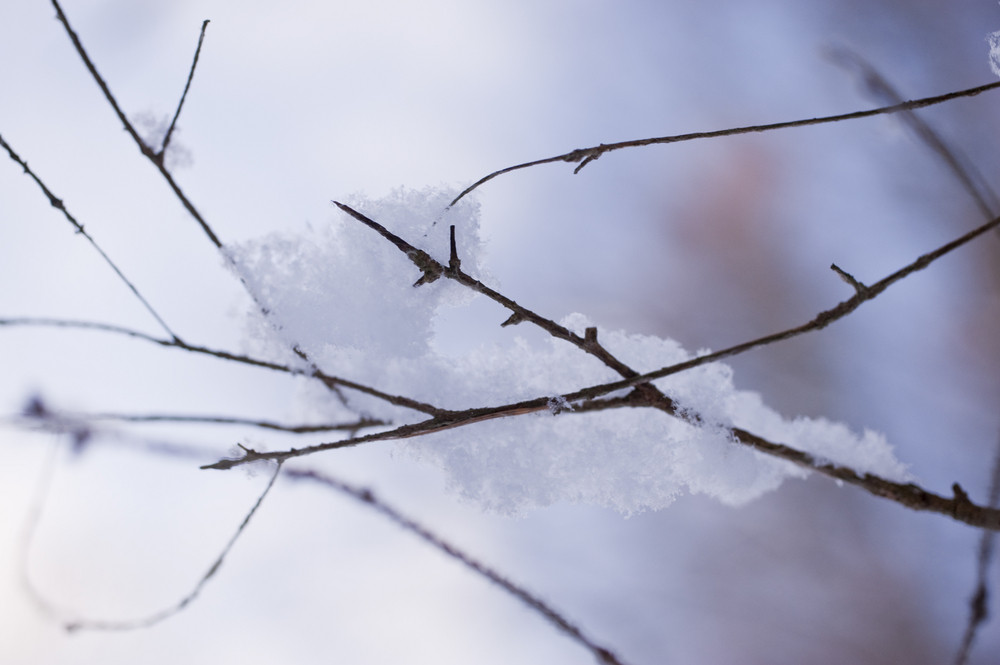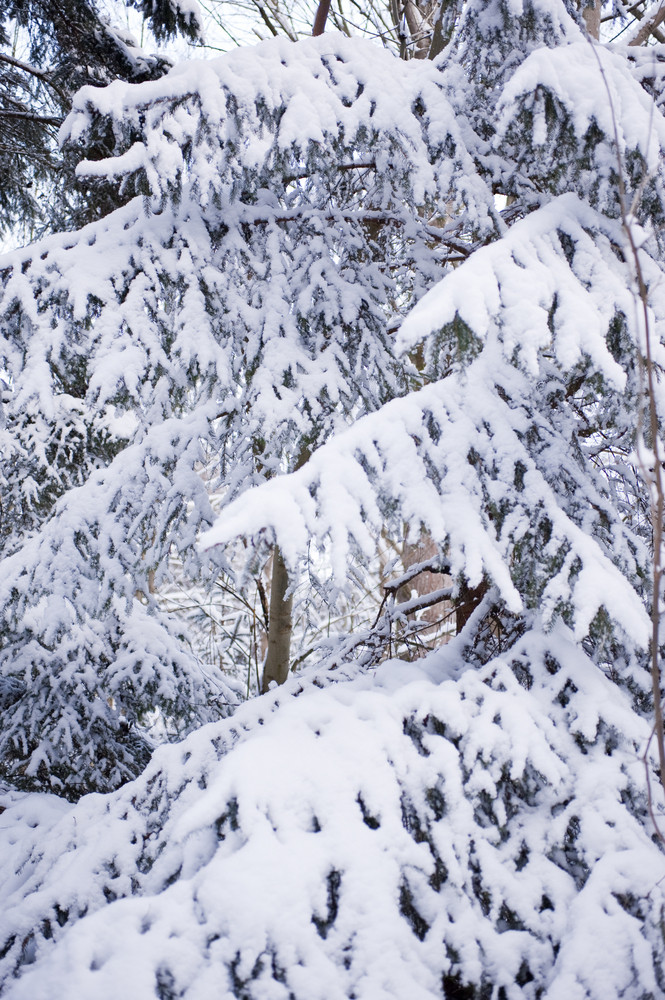With just 10 measurable snow accumulations recorded since 1852, the city of San Francisco hardly experiences snow. That is because it is close to the Pacific Ocean, which tends to make the temperatures warmer.
Does It Snow in San Francisco – All You Need to Know
San Francisco is located on the west coast and covers an area of around 46.9 square miles (121.4 square kilometers). Every year, the city attracts lots of tourists; thanks to its stunning tourist destinations like the Golden Gate Bridge.
In 2018, for instance, San Francisco received 25.8 million visitors. While it is a notable tourist destination, you will be disappointed if you are coming here to enjoy snow-related activities. Well, that brings us to the question “does it snow in San Francisco”.
Keep reading to find out.
San Francisco Weather and Climate
The climate of San Francisco can be described as warm summer Mediterranean. This type of climate is common along the coast of California. Ideally, the warm summer Mediterranean is known for rainy winters and dry summers.
It is mostly brought about by the cool currents that come from the Pacific Ocean on the west and San Francisco Bay on the east. Throughout the year, San Francisco experiences a moderately mild climate due to moderate temperatures. Although there are seasonal temperature variations, these are normally on an incredibly lower scale.

Between June and August, San Francisco experiences the coolest daily average temperature of all the country’s major cities. Despite rarely experiencing snow, San Francisco weather is cold and foggy.
Another thing I have noted is that, though, the climate of San Francisco is Mediterranean, it shifts to a continental climate as one heads inland away from the coast. However, the winter season in San Francisco is not uncommon, as it runs from December to Mid-March.
Has It Ever Snowed in San Francisco?
As mentioned earlier, it is extremely rare to experience snowfall in San Francisco. That does not, however, mean it has never snowed here. Allow me to take you back in time when San Francisco experienced heavy snowfall.
The first instance was on Dec. 30, 1856. During this period, San Francisco recorded a heavy snowstorm that left behind interesting depths of 63.5 millimeters (2.5 inches).
Dec. 31, 1882, is another year the city saw heavy snowfall. Well, it snowed for five hours nonstop. And when it did stop, higher depths of 90 millimeters (3.5 inches) were left behind.

According to historians, 1887 is considered the snowiest period in San Francisco. That being said, on Feb. 5 that year, up to 177.8 millimeters (7 inches) of snow was recorded in the western parts of the city. On the other hand, downtown San Francisco recorded around 94 millimeters (3.7 inches) of snow.
The latest instance the city experienced snow was on Feb. 5, 1971. During this time, heavy snowfall pelted San Francisco leading to an accumulation of 130 millimeters (5 inches) of snow. These accumulations were recorded in the Twin Peaks community area.
Why It Rarely Snows in San Francisco
Both low temperatures and moisture are needed for snow to form. Northern California, where San Francisco lies, has a good amount of moisture in the air. But one key reason why it rarely snows in this part of the country is that temperatures hardly get cold enough.
The reason why the city’s temperatures are quite on the warmer side is the location. You see, San Francisco is close to the Pacific Ocean. The ocean warms any moisture that hits North California before it reaches the land. This creates high temperatures, which, in turn, makes it hard to snow in San Francisco.

Even when it does snow, the high temperatures the city experiences ensure it thaws immediately, which makes it hard to record an accumulation.
Although it rarely snows in San Francisco, snow is pretty common in a number of regions neighboring the city. So, if you are a snow reveler like me, you will still be able to create a snowman and indulge in other snow-related activities during the winter season. All you need to do is visit these regions.
Winter Months in San Francisco
Winter in San Francisco starts in December and ends in March. Let’s look at temperature levels and what exactly happens during these months.
1. December
This is San Francisco’s first winter month. Mean temperatures during this month range from 14.8 degrees Celsius (58.6 degrees Fahrenheit) during the day to 8.2 degrees Celsius (46.7 degrees Fahrenheit) at night as well as in early mornings. From the research I have carried out, temperatures the city experiences in December never go beyond the freezing point.
Recorded rainfall in December is 80.7 millimeters (3.18 inches). Well, this makes December one of the rainiest months in San Francisco.
2. January
Temperatures in January range from 14.5 degrees Celsius (58.1 degrees Fahrenheit) during the day to 8 degrees Celsius (46.4 degrees Fahrenheit) at night and early mornings. January is San Francisco’s coldest month. It is also one of the city’s rainiest months, with around 120 millimeters (4.72 inches).

3. February
February is no doubt warmer than January. During this period, San Francisco experiences average temperatures of 16.3 degrees Celsius (61.4 degrees Fahrenheit) during the day and 9.2 degrees Celsius (48.5 degrees Fahrenheit) at night and early mornings. The average rainfall in February is roughly 105.4 millimeters (4.15 inches); making it one of the rainiest months in San Francisco.
4. March
Winter in San Francisco ends in March. As expected, temperatures in March are higher than in February. With that said, average temperatures during the day are 16.9 degrees Celsius (62.5 degrees Fahrenheit) and, at night, they are 9.6 degrees Celsius (49.2 degrees Fahrenheit).
Precipitation is still heavy during this month and reaches 105.4 millimeters (4.15 inches). Interestingly, San Francisco has never experienced any snowfall in March despite it being a winter month.
FAQs About Does It Snow in San Francisco
1. Why doesn’t It Snow in San Francisco?
Why doesn’t it snow in San Francisco? Well, that’s because the temperatures in San Francisco are higher. For snow to form, there must be moisture and low temperatures. Although the city has a significant amount of moisture in the air, the higher average temperatures it experiences make it hard to snow.
2. Does It Get Cold in San Francisco?
Yes, but not as cold as in other regions. January is the coldest month in San Francisco. During this period, average temperatures range from 14.5 degrees Celsius (58.1 degrees Fahrenheit) during the day to 8 degrees Celsius (46.4 degrees Fahrenheit) at night and early mornings.
3. Does It Rain a lot in San Francisco?
Although San Francisco gets an average of 0 inches of snow annually, rainfall is pretty moderate; thanks to the city’s quasi-Mediterranean climate. On average, San Francisco gets 25 inches of rain per year. Well, this is below the US average, which is 38 inches per year.
What’s more, 80% of the city’s rain falls in five months, which is from November to March.
4. When Was the Last Time it Snowed in San Francisco?
The last time it snowed in San Francisco was almost four decades ago. Simply put, most of the city’s residents, particularly those younger than 35 years old, have never seen snow. Nevertheless, an extremely rare chance of seeing snow in San Francisco was predicted in 2011.
But this never materialized, as only a tiny amount of snow fell on the night of Feb. 25, 2011. The snow did not accumulate enough to be measured.
Hope you enjoyed that trivia!

